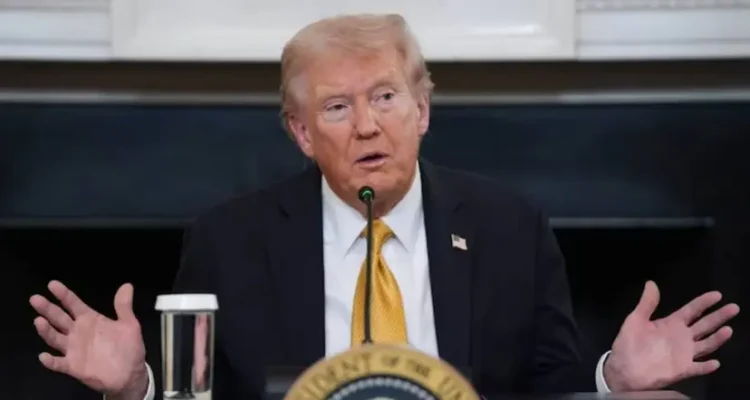International student enrollment in U.S. universities has dropped by 17 per cent this year—the steepest decline in recent history—following intensified immigration restrictions under President Donald Trump.
The new data, released Monday by the Institute of International Education, marks a sharp contrast to the modest one per cent decline recorded in the previous academic year.
The findings are based on responses from about 825 U.S. institutions, including major universities with high foreign student populations. Of these, 57 per cent reported a fall in new international student enrollment.
The report aligns with separate figures from the U.S. Department of Homeland Security tracking active student visas, suggesting the downward trend may continue in the coming years.
Analysts say the slump stems from the Trump administration’s tougher immigration stance.
Earlier this year, federal research grants and funding to several universities were cut, forcing institutions to reduce graduate admissions—particularly for foreign applicants.
Additionally, many prospective students are reconsidering plans to study in the U.S. following the revocation of thousands of student visas over alleged “anti-American and antisemitic” views, as well as new visa rules requiring applicants to submit their social media history for screening.
The administration has also introduced steep cost barriers for post-study work opportunities.
A recent executive order raised the annual H-1B visa sponsorship fee from $5,000 to $100,000 for companies hiring workers from Nigeria and several other countries, making the transition from student visas to long-term employment visas significantly harder.
The sharp decline raises concerns among U.S. universities that rely heavily on international students for research support, diversity, and revenue.














